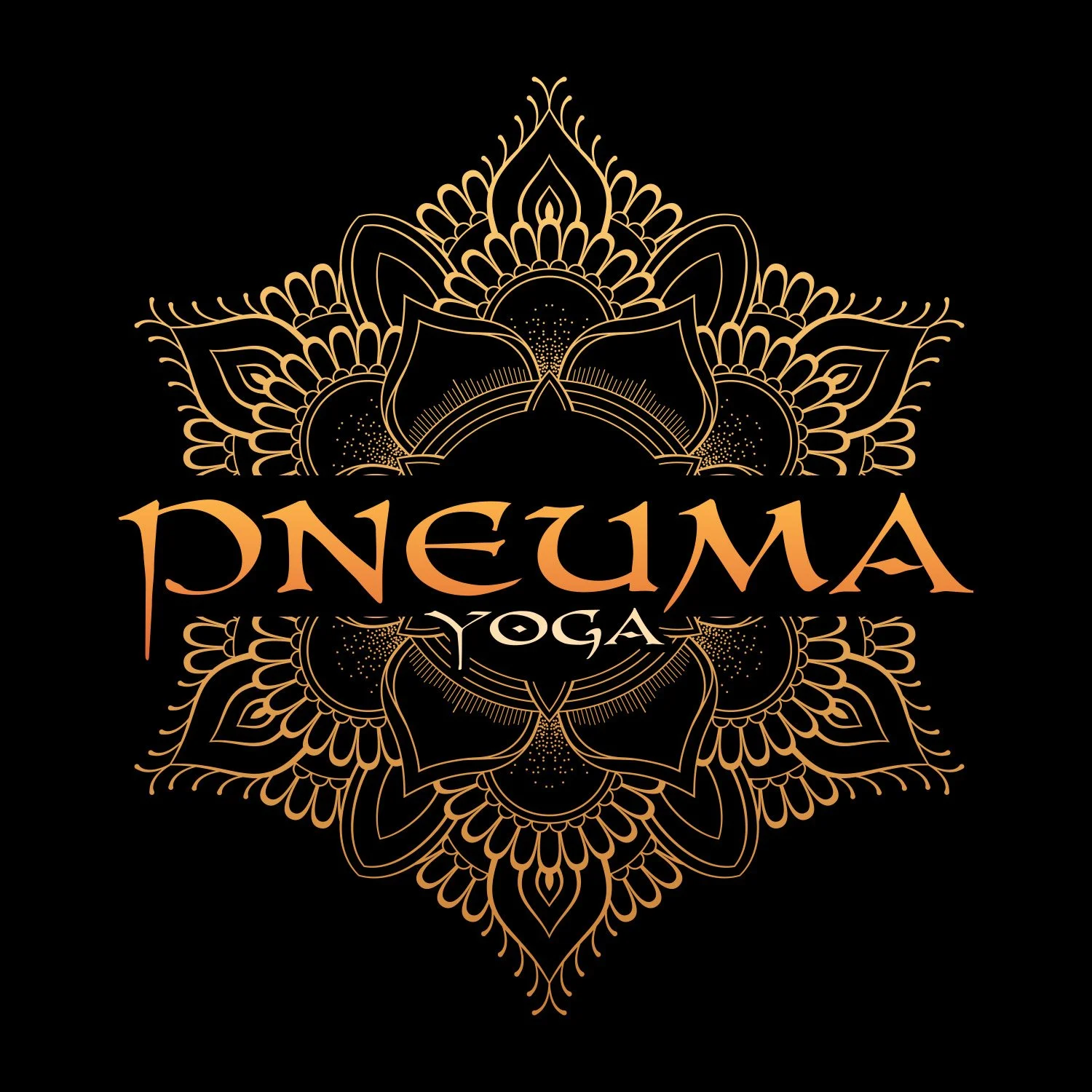What Are Somatics? Understanding the Mind-Body Connection
In our fast-paced world, it's easy to treat the body as a machine—something to stretch, strengthen, or "fix." But deeper healing, mobility, and resilience come not through force, but through awareness.
This is the foundation of Somatics: the practice of reclaiming the mind’s control over the body’s movements, patterns, and posture.
The Birth of Somatics
The term "Somatics" was coined by Thomas Hanna, a philosopher and movement educator, who recognized that chronic pain and tension were not merely physical phenomena. They were patterns held within the sensory-motor system—the link between the brain and the muscles.
In his view, many musculoskeletal issues were not caused by structural problems, but by a loss of voluntary control over muscles. Hanna called this phenomenon Sensory-Motor Amnesia (SMA).
When we experience injuries, stress, or repetitive movements, our nervous system adapts—locking muscles into involuntary patterns of tension. Over time, we "forget" how to fully relax or move naturally. This leads to postural distortion, chronic pain, reduced breathing capacity, and emotional stress.
Somatics, then, is the art of remembering. It is the conscious re-education of the nervous system, teaching the body to release habitual tension and restore natural ease.
Pneuma Yoga Method: Reconnecting Breath, Body, and Mind
The Pneuma Yoga Method is a therapeutic program designed to reconnect the mind and body through somatic principles based on Rick Fulton's education at Yoga North International SomaYoga Institute.
By gaining skillful awareness of the sensations within, we can access and transform more subtle patterns—specifically our breathing.
At its core, the Pneuma Yoga Method is based on the fundamental principle that by becoming a better breather, we reshape our entire internal landscape. Through subtle somatic movements, breath awareness, and nervous system regulation practices, students learn to foster an organic, innate breath that more closely resembles our true natural breathing—light, effortless, and sustaining.
Rather than imposing breath techniques from the outside, Pneuma Yoga retrains breath from the inside out—awakening the soma's capacity to breathe itself back into balance.
Why Somatics Matters for Modern Pain, Breathing, and Stress
Pain Relief: Chronic muscle contraction, when left unchecked, can compress joints, nerves, and connective tissues. By teaching the muscles to release, many chronic pain conditions resolve naturally.
Improved Breathing: Locked ribcages, compressed diaphragms, and shallow breathing are often linked to sensory-motor amnesia. Breathwork integrated with somatic movement retrains the respiratory system to operate with greater efficiency and calm.
Stress Regulation: The nervous system cannot distinguish between physical and emotional tension. Somatic awareness, when combined with breath retraining, shifts the system from "fight or flight" to "rest and digest."
Mobility and Posture: True mobility isn't about forcing flexibility; it's about freeing the brain's ability to move the body. Somatics restores natural movement pathways.
Somatic Movement vs Traditional Exercise
Unlike traditional exercise or even stretching, somatic movement focuses on internal sensation rather than external achievement. It's slow, mindful, and deeply nourishing.
Where exercise may strengthen muscles already caught in compensation patterns, somatic movement seeks to reset the baseline—allowing true strength and freedom to emerge naturally.
A Return to Wholeness
Somatics invites us to live from the inside out. It reminds us that health isn't achieved by "fixing" the body from the outside—it’s reclaimed by waking up the innate intelligence within.
In the Pneuma Yoga Method, every movement, every breath, and every moment of awareness is a step toward reconnecting with that wholeness.
It is a remembering.
It is a homecoming.
"Soma is not a thing, but a process — the living body as experienced from within." — Thomas Hanna
Want to experience somatic yoga? Try a class here: Somatic yoga for mobility and pain
Stay tuned for our next post: A deeper dive into the incredible senses of proprioception, interoception, and nociception — and how they shape our experience of pain, posture, and breath.
To learn more, explore our upcoming classes in the Pneuma Yoga Method at pneuma-yoga.com.

